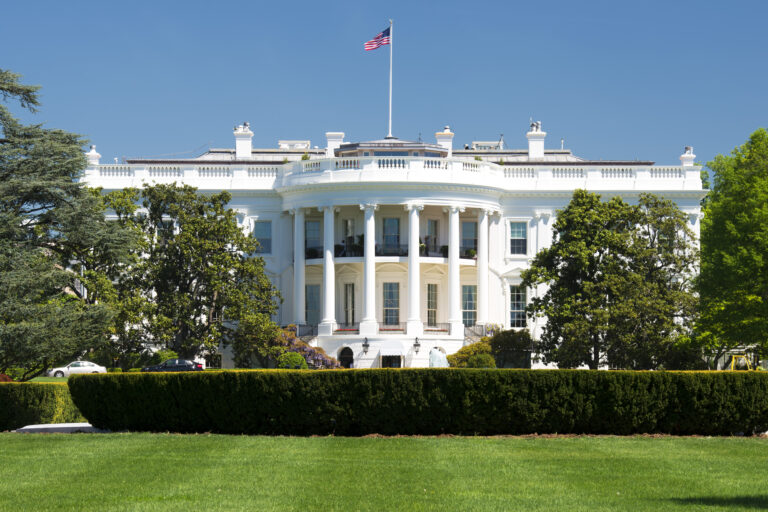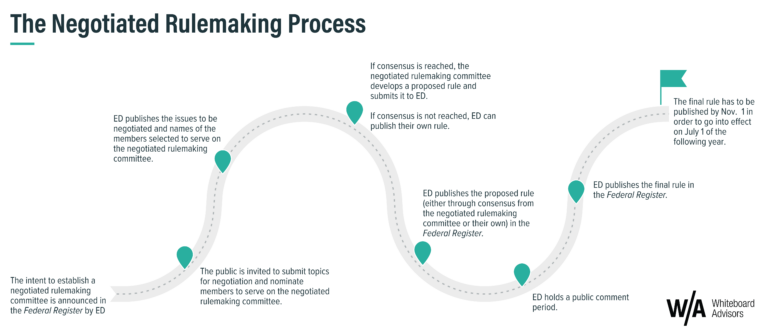Last week, the U.S. Government Accountability Office (GAO) released a study of states’ early childhood care and education programs. The study looked at the number and characteristics of state ECE programs and how they may overlap with federal or other state programs, as well as how ECE programs are funded.
Key findings and takeaways:
-
GAO identified 86 state ECE programs. The majority of the programs (73) were preschool programs serving 3- to 5-year-olds, including five supplemental Head Start programs. Forty-seven states had at least one preschool program and officials from four states—Idaho, New Hampshire, South Dakota, and Wyoming—reported that they had no state preschool program.
-
The majority of programs focus on helping at-risk children become ready for school and improving the quality of their care. Fifty 50 state ECE programs required children to be from low-income families in order to be eligible.
-
In 18 states, survey responses showed that at least two ECE programs shared characteristics, offering similar services (e.g., teacher training) or prioritizing enrolling similar groups of children (e.g., low-income children).
-
Additionally, 69 state preschool programs offered at least one of the same services as Head Start or prioritized at least one of the same groups of children for enrollment. Four programs matched all of Head Start’s prioritized groups of children and program services.
-
Of the 86 state ECE programs, 55 reported using at least one funding source in addition to state funds in 2018, and 31 reported using at least two additional sources beyond state funds. Program officials reported a variety of benefits of using multiple funding sources, such as an increased ability to serve more families from targeted populations.




